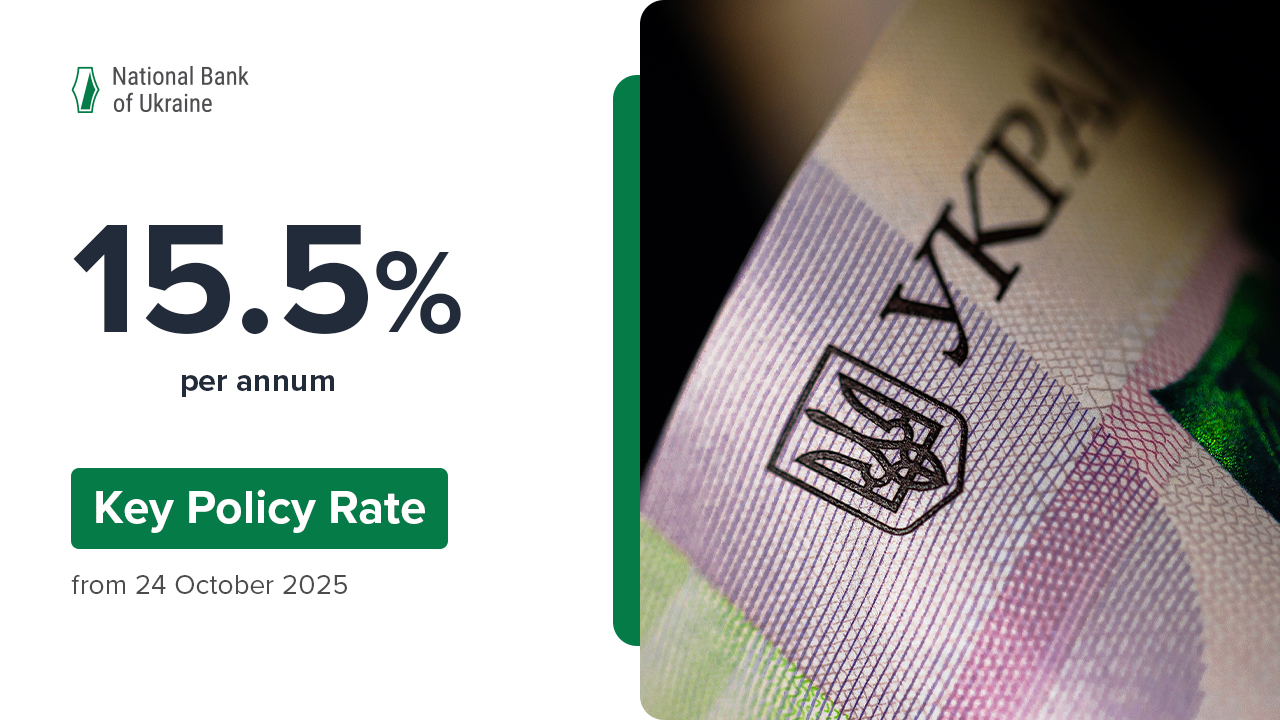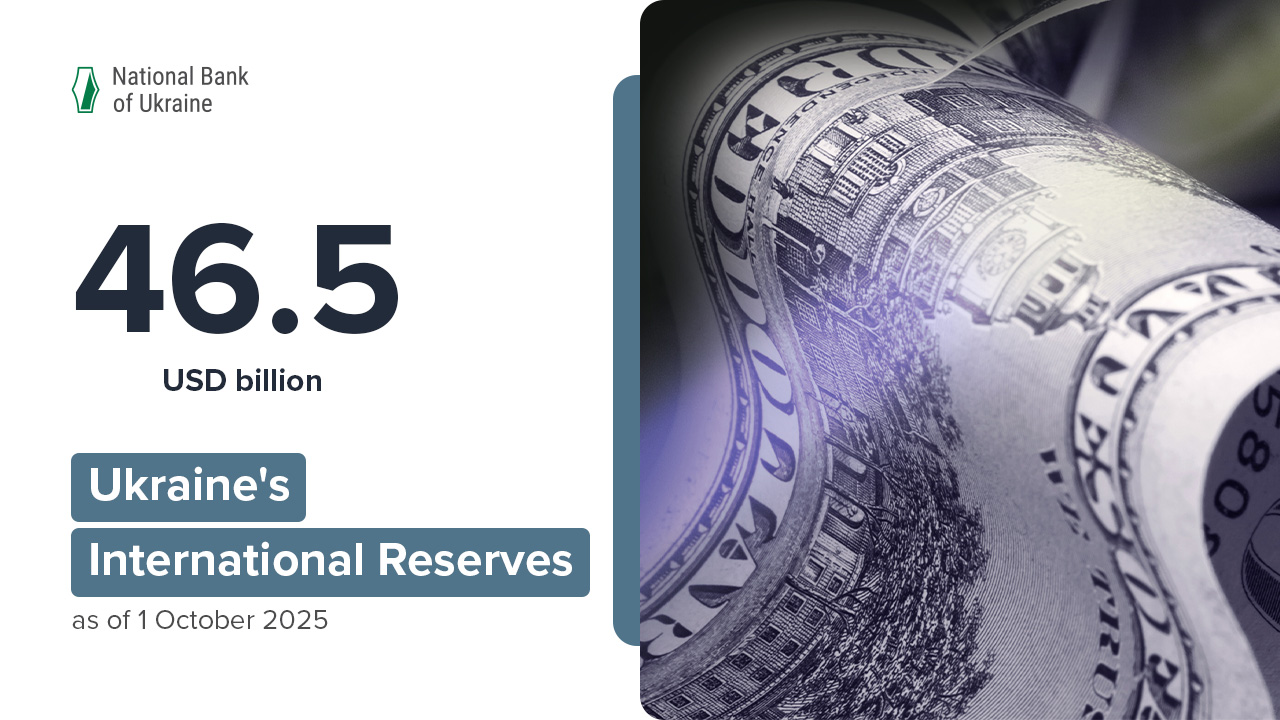Ukraine held the equivalent of USD 24,923.7 million in international reserves as of 1 April 2020, according to preliminary data*. After growing in January through February, international reserves in March declined by 7.8% to return to a level close to where they started the year. The decrease in international reserves during March was primarily driven by the NBU’s significant currency interventions, which were intended to smooth out excessive exchange rate fluctuations fueled by speculative demand for foreign currency from businesses and households.
Overall, changes in international reserves during the month were driven by the following factors:
- first, the NBU’s interventions in the interbank FX market. In a frenzy of demand unleashed by the global spread of coronavirus, businesses and individuals in March rushed to buy foreign currency even as FX proceeds from exports continued to flow in at a steady rate. The NBU maintained an active presence in the interbank FX market to mitigate excessive exchange rate fluctuations and to keep depreciation and inflation expectations from spiraling out of control. As a result of these interventions, the NBU in March generated USD 2,189.6 million in net FX sales, meeting the demand from businesses and the public. FX market conditions went back to normal at the end of the month. So much so that the NBU resumed its interventions to buy foreign currency. Over the course of the month, the central bank sold a total USD 2,453.6 million and bought a total USD 264.0 million.
- second, the government’s debt-servicing expenditures. Ukraine directed the equivalent of USD 1,124.3 million in total to service and repay its public and publicly guaranteed debt denominated in foreign currency. Of that, USD 536.7 million went to make repayments on Eurobonds, and USD 409.3 million went to meet the government’s and the NBU’s commitments to the IMF. The rest was used to service other commitments to foreign creditors and international financial institutions. The drawdown of international reserves was balanced out by new FX inflows. Specifically, the government in March raised USD 873.2 million and EUR 276.9 million through the placement of FX domestic government debt securities.
- third, the revaluation of financial instruments (due to changes in their market value and in the exchange rates) and other operations of the NBU, which increased the reserves by the equivalent of USD 16.6 million last month.
International reserves now cover 3.7 months of future imports, which is sufficient for Ukraine to meet its obligations, and for the government and the NBU to make their current transactions.
Data on international reserves and FX liquidity is compiled and released on a monthly basis:
- preliminary data is published within seven days from the end of the reporting month
- revised data is published within 21 days from the end of the reporting month.
Revised data is available here.
*Ukraine held the equivalent of USD 27,047.4 million in international reserves as of 1 March 2020, revised data showed. This is a USD 419.6 million increase from the level shown by preliminary data published in early March.
The revised data reflects the adjustment entries for February 2020 the NBU has made in order to bring its balance sheet into line with its accounting guidelines.
The need to adjust the amount of international reserves came after the State Treasury of Ukraine on 28 February transferred funds from its account in a state-owned bank to its account with the NBU to make external debt repayments scheduled for 2 March 2020.








